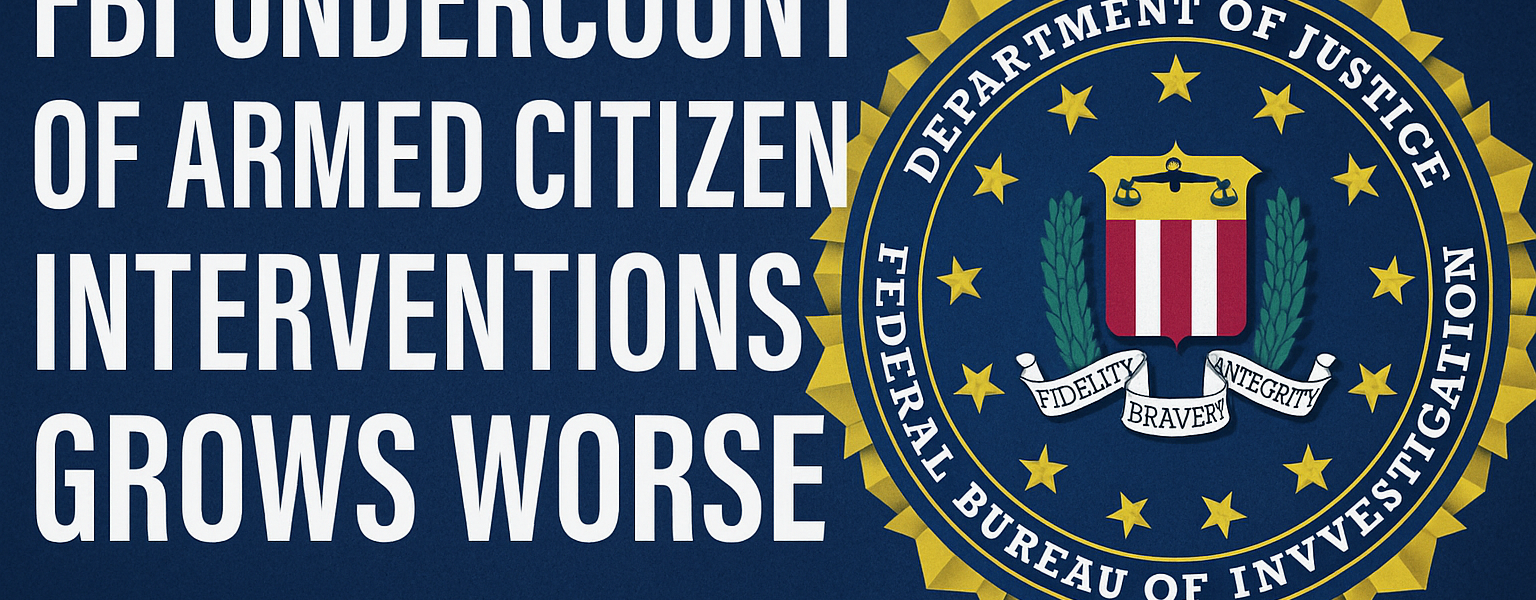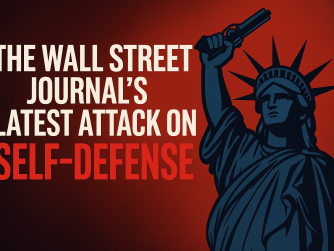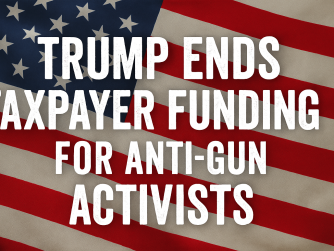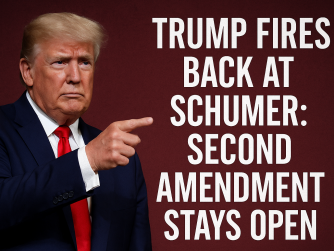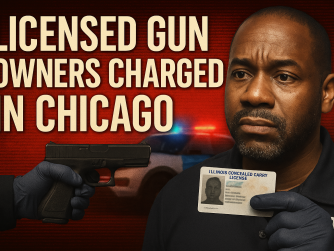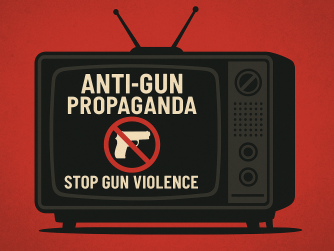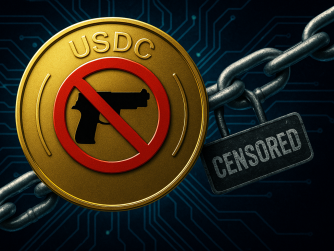Three years ago, Dr. John Lott of the Crime Prevention Research Center (CPRC) revealed in RealClearInvestigations that the FBI had vastly undercounted the number of times armed citizens stopped active shooters in public. According to the FBI, from 2014 to 2021 there were 252 active shooter incidents, with only 11 stopped by armed citizens. But the CPRC, analyzing the same period and definitions, identified 281 incidents—and found that 41 were stopped by armed citizens.
That discrepancy means the FBI underreported successful armed interventions by more than a factor of three. The FBI’s data suggested armed citizens stopped just 4.4% of active shooters, while the CPRC’s analysis placed the figure at 14.6%. The CPRC also noted that many additional cases—where civilians prevented violence before shots were fired—were excluded from the FBI’s dataset because they didn’t meet its strict “active shooter” definition.
At the time, the FBI’s errors were attributed to misclassifications and overlooked cases, such as those where armed civilians were mistaken for security personnel or their role went unreported. Despite calls to correct the record, the FBI declined.
The Problem Has Grown Worse
In a follow-up article published this month—Unaccountable: The FBI’s Strange Refusal to Fix Key Crime Stat (Oct. 2, 2025)—Lott reports that the Bureau’s undercounting has actually worsened. From 2022 to 2024, the FBI acknowledged only three cases of armed civilians stopping active shooters—and none in the last two years. The CPRC, however, documented 78 such incidents during the same period.
According to Lott, an internal FBI report for the Biden administration covering 2023 and 2024 was even more inaccurate, claiming no incidents of armed civilians stopping any of the 72 active shootings it tracked. The CPRC found 121 incidents, 45 of which were ended by an armed citizen—including eight potential mass shootings that likely would have claimed four or more lives.
Lott acknowledges that discrepancies may partly stem from the FBI’s reliance on local reports and outside researchers who compile data from media sources—records that are often incomplete. Yet when the CPRC shared its data with one of the university researchers working on the FBI’s statistics, only two cases were disputed. The university and FBI subsequently declined to comment.
Why the Distortion Matters
The FBI’s reports are treated as authoritative by the mainstream press, academics, and even courts. A Washington Post story on a 2022 mall shooting stopped by an armed citizen called it “unique,” citing FBI data showing civilians killed gunmen in only ten cases since 2000.
Gun-control advocates frequently use these figures to argue that “good guys with guns” rarely stop mass shootings. A 2017 fact sheet from the Center for American Progress claimed that “only one” of 160 incidents from 2000–2013 was stopped by a civilian with a valid firearm permit. Brady United similarly asserts there is “no evidence” that expanding concealed carry improves public safety.
But the CPRC’s own data paints a different picture. In a study released this year, Lott found that armed civilians not only stop attacks more frequently than police, but also face lower risks of injury or death. Civilians can act immediately, while police are often minutes away.
In 2020, there were 671,000 full-time law enforcement officers, meaning fewer than 0.1% of Americans were on duty at any given time. By contrast, in 2024 there were 21.5 million concealed carry permit holders, and 29 states allowed constitutional carry with no permit at all. Surveys show 7.2% of voters carry all the time, with another 8.4% carrying some of the time.
The CPRC examined 180 cases in which concealed-carry permit holders stopped active shooters. Only 0.56% resulted in an accidental bystander shooting or a stolen gun—half the rate of mistaken shootings by police (1.14%). Most importantly, civilians stopped 51.5% of active shootings in non–gun-free zones, compared to 44.6% stopped by law enforcement.
A Legislative Context
The findings have renewed focus on H.R. 38, the Constitutional Concealed Carry Reciprocity Act of 2025. The bipartisan bill—supported by the NRA—would allow lawful gun carriers to travel across state lines under a unified federal framework, ending the confusing patchwork of local reciprocity laws.
A letter signed by 24 state attorneys general urged Congress to pass the bill, noting that “concealed carry is a constitutional right” that provides “substantial public safety benefits” when police cannot respond in time.
The Call for Accountability
Given the FBI’s status as a primary source of national crime data, Lott argues that it has an obligation to correct the record. The CPRC’s full database of missed cases, with supporting evidence, is publicly available through the link in his RealClearInvestigations article.

